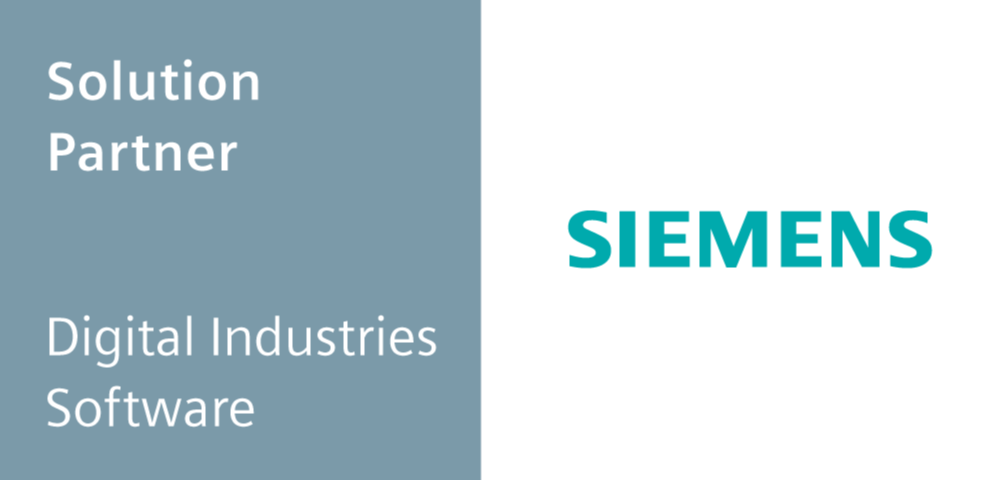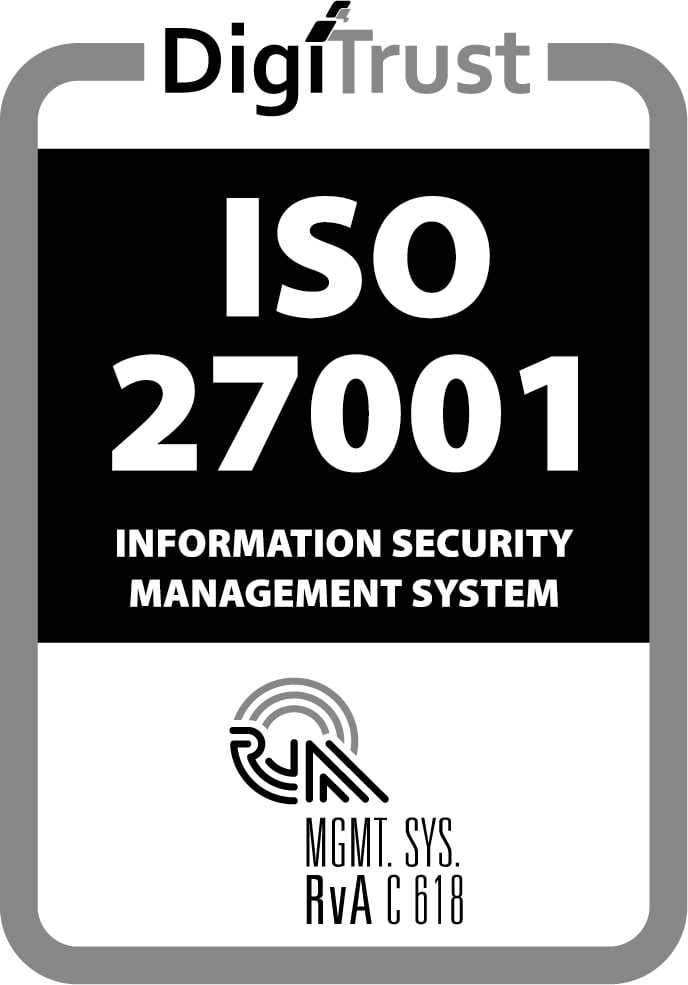Progressive web apps (PWAs) are already widely used in e-commerce and the industry. But we see them less in retail. While there are great opportunities there for this intermediate form between site and app. This article tells you what PWAs are, how to develop them in Mendix, and their value for retail organizations.
In short, a progressive web app is a web page that behaves like an app. The technology ensures that a PWA can work without an internet connection and can be added to the home screen of a phone or tablet without the user having to download it from an app store. A PWA offers equivalent performance as a native app, and therefore does a much better user experience than a website.
Opportunities in customer interaction
Every moment in the customer journey where you need intensive digital interaction is an opportunity for a PWA. A PWA can be found quickly via the home screen, and interaction is fast and intuitive, while the user does not have to download or install anything. This is important because people are installing fewer and fewer apps, and many apps are quickly removed.
25% of the apps disappear from the device after the first use. A user usually works with a kind of 'hard core' of apps and would instead not install anything. This certainly applies to people with limited memory, almost complete with the standard social media, communication apps, photos, and videos. At the same time, users are asking for more interaction. For example, they want to be kept informed using notifications and want to view and change their information offline. In terms of performance, users have been spoiled by the tech giants. Where a few years ago we were willing to wait 3 seconds for a photo to load, we now want to be able to interact with an app or site within a fraction of that. If that doesn't work, we left quickly. We, therefore, see great opportunities for PWAs in loyalty and omnichannel experiences.
SUPPORT YOUR PROCESS, ALSO MOBILE AND OFFLINE
The PWA application that is also obvious in retail is in internal processes. In the industry, we see a lot of PWAs for employees on location. In the Netherlands, we can perhaps assume that a 4G connection is always available. In the rest of the world, this is not self-evident. PWAs provide a much better user experience in those situations and are used, for example, to keep work lists, forms, and documents accessible. The supply chain of retail companies also has many of these situations, such as handling raw materials, production, quality control, purchasing, and promotion. The Mendix platform already supports many of these processes. Adding PWAs adds a new dimension.
For example, the Product Lifecycle Management System that we recently launched with Siemens is getting a mobile app for quality control on the production workload. Information about semi-finished products can thus be shared directly with the designers. A comparable PWA helps shoemaker Van Bommel to support the purchase of products and materials.
FASTER BUILD, MORE CONTROL
But PWAs don't just benefit users. Building a PWA is like developing a website. Building a mobile app for iOS and Android is much more work and also requires expensive specialists. Publishing your app to app stores also costs time and money. We also see that companies only give limited permission to install apps on their devices. Large organizations often work with their limited version of app stores, which you can't just access. With PWAs, you do not suffer from this, and you, therefore, get a shorter time to value. That advantage also applies to updates: you have 100% control and never have to wait for approval from third parties.
PWAs WITH MENDIX
From early 2021, Mendix will support PWAs. This means that Mendix's fast building process will become available for PWAs. A business consultant can take on the entire process, from determining requirements to delivering the app to a test environment in the cloud. So there is no need for software engineers, who are difficult to recruit at the moment. The consultant builds the data model and creates the screens with 'drag & drop,' i.e., without code. We can then quickly make business logic with flow diagrams. They indicate, for example, what should happen when a user clicks on a button or when a status changes. Then the app is ready to be tested. The Mendix platform takes care of all underlying technology. Integration with the underlying software such as order management, supply chain, PIM, or CRM is also quickly arranged in Mendix. A low-code PWA in production can be modified or expanded by business people or IT administrators without the intervention of a development team. This provides extra speed and maneuverability.
WHERE DO PWAs FIT INTO YOUR STRATEGY?
PWAs fit in well with the trend that everything has to be faster and more flexible. Retail companies also need to gear up when it comes to innovation. PWAs can be a differentiator in your digital strategy in several ways:
- Shorter time to market. Flexible, digitized internal processes speed up product development and respond better to your market changes.
- More digital and innovative thinking. One app project inspires another. As soon as people see what you can achieve in a few weeks with a Mendix PWA, it will rain innovative ideas and projects.
- Differentiation and personalization. With PWAs, you can easily add interaction to the buying and configuration process to support differentiation and personalization.
- New services. From razor blades to cars and from the hairdresser to the notary, everything becomes a subscription or a digital service. And all those services are supported online with customer portals and apps. PWAs allow you to experiment quickly and with a limited budget in search of new opportunities.
Although PWAs are new functionality in Mendix, the impact on the development process is negligible. Do you have experience building interactive, responsive websites in Mendix? Then building a PWA is, in theory, hardly any different. In view, you probably want to use the extra options such as offline use, camera, location data, logging in, and intensive user interaction with a PWA. Setting it up naturally takes spare time. Low-code platforms such as Mendix are used in many ways in B2B, but with the new possibilities, the demanding B2C users can also be served better and on a larger scale.




